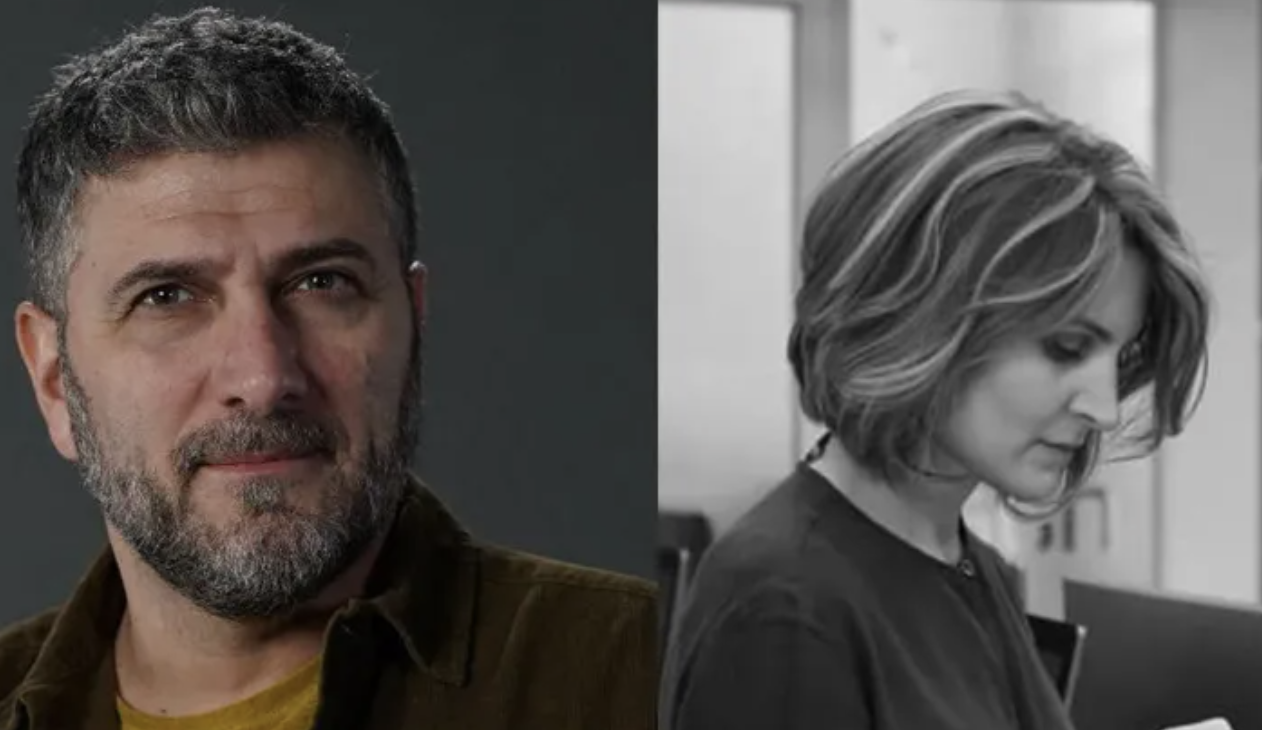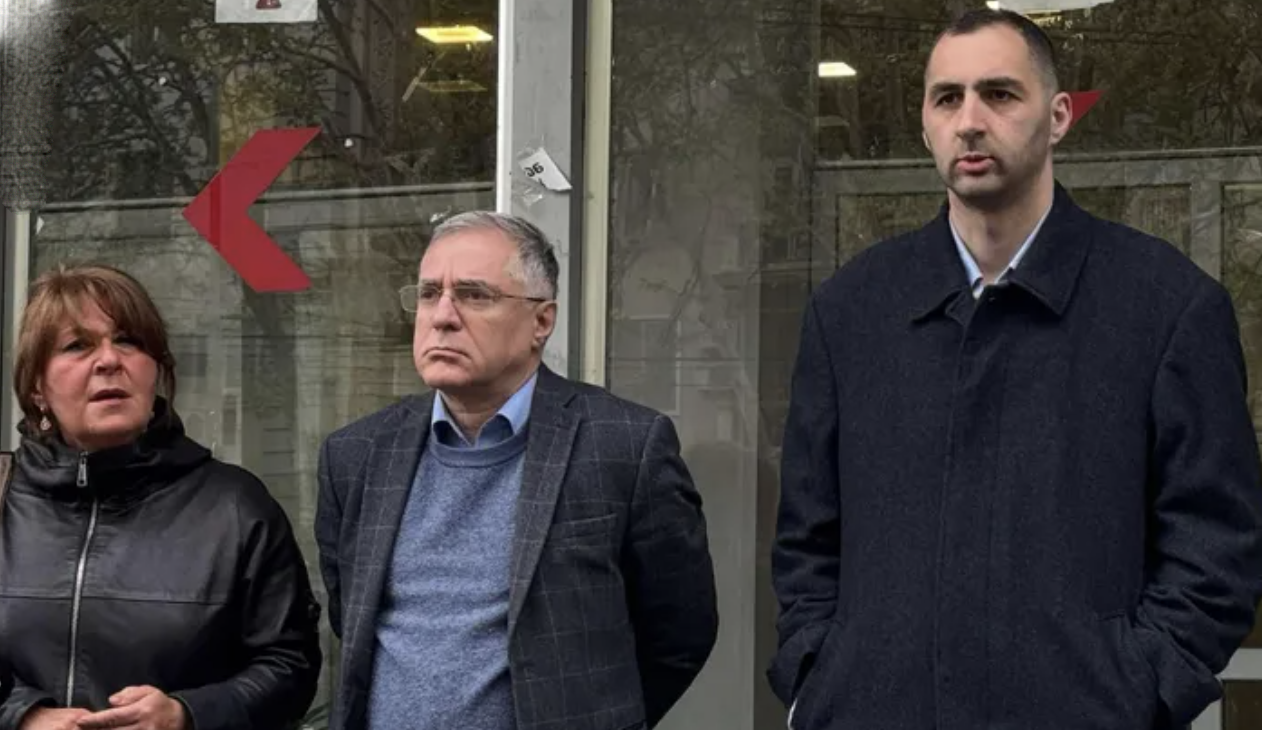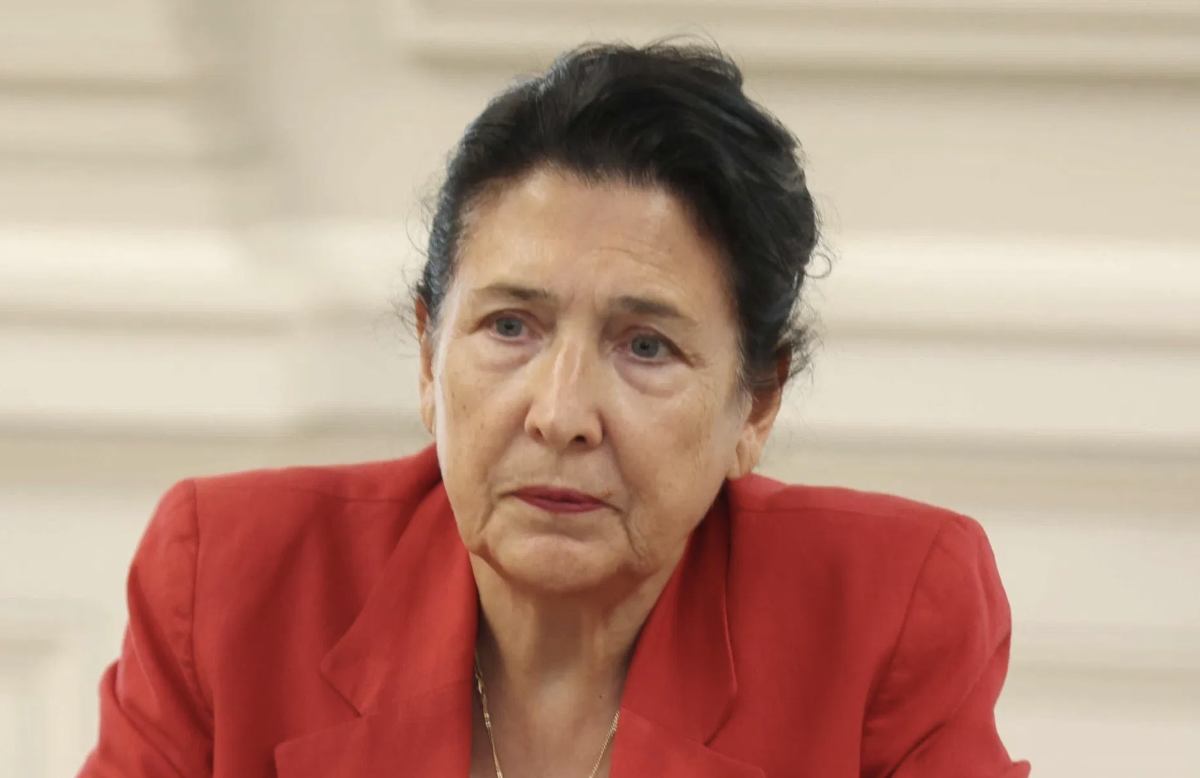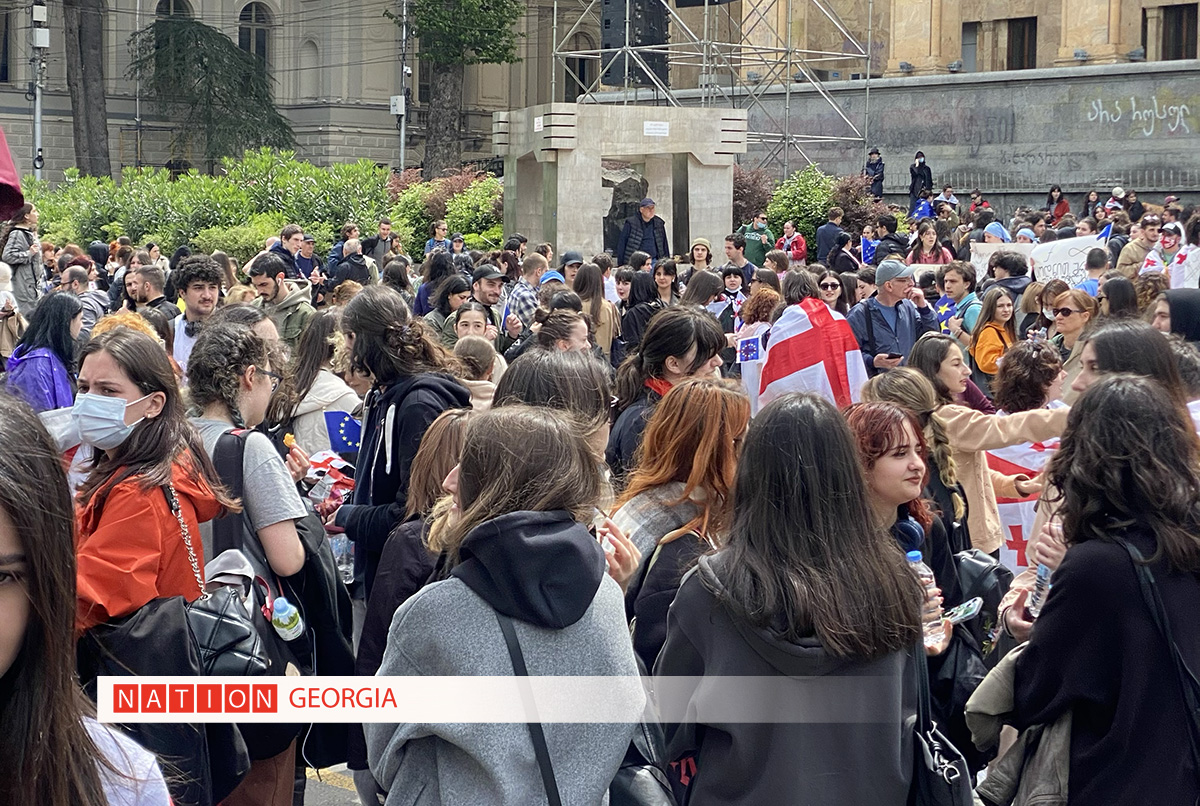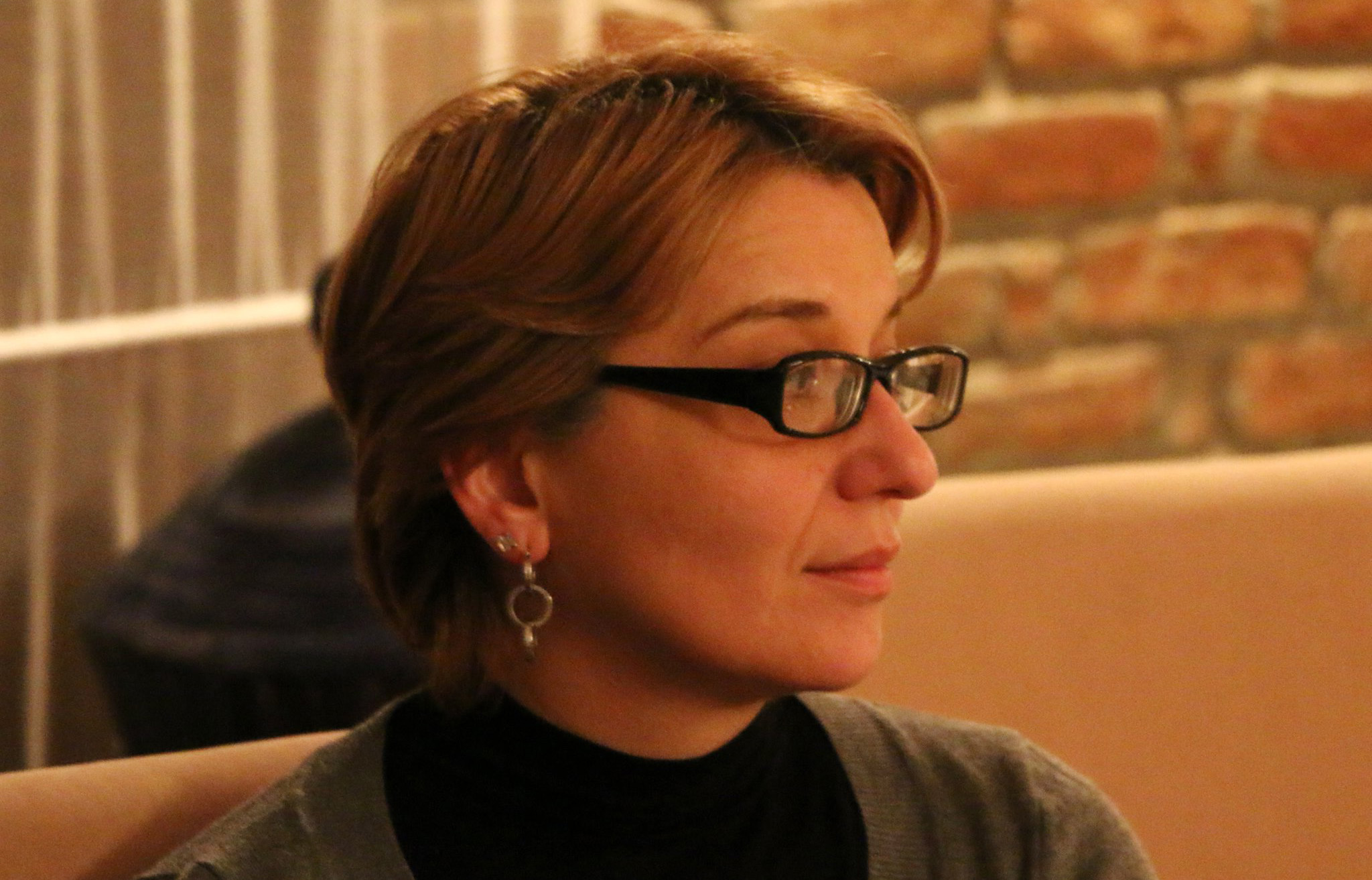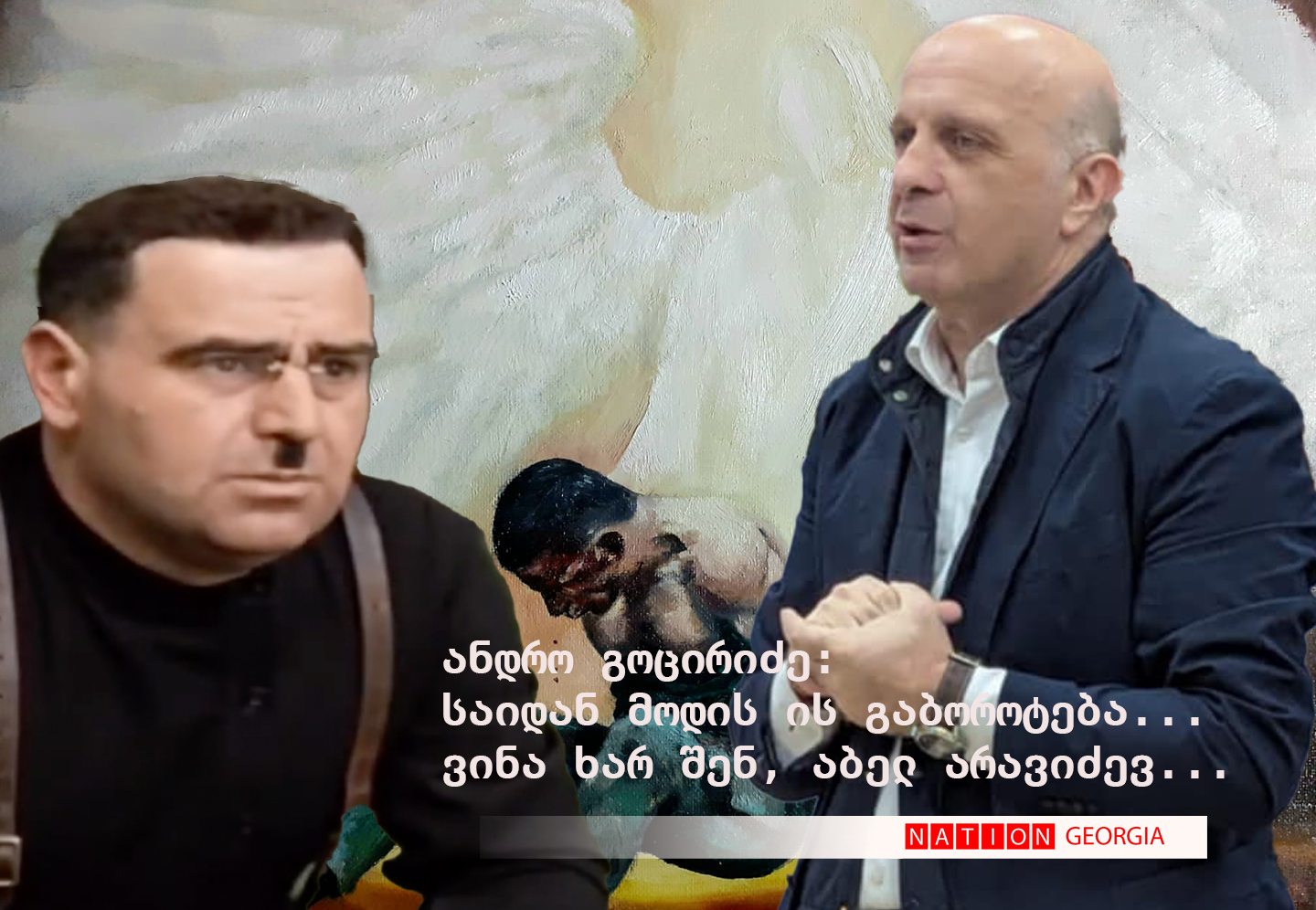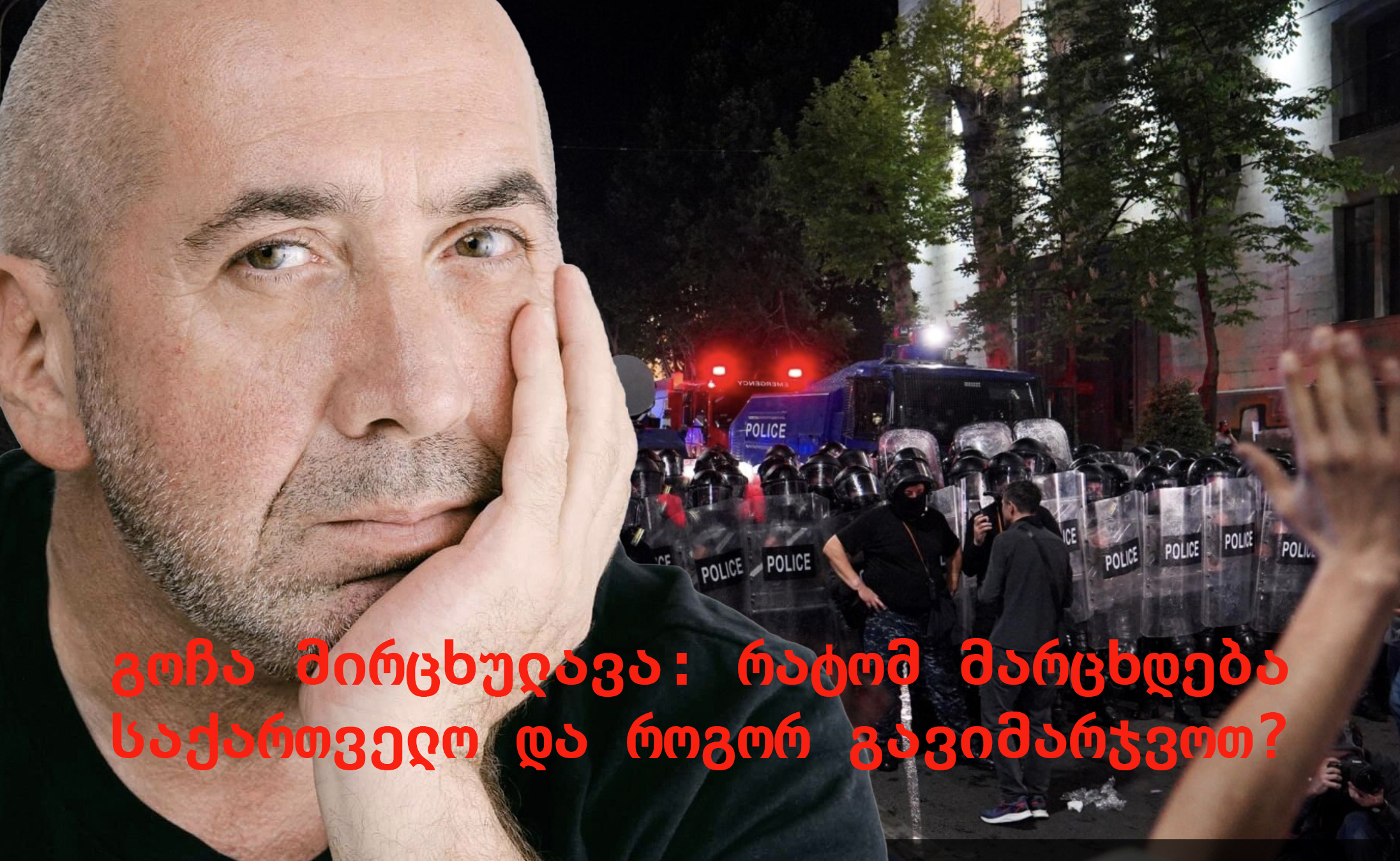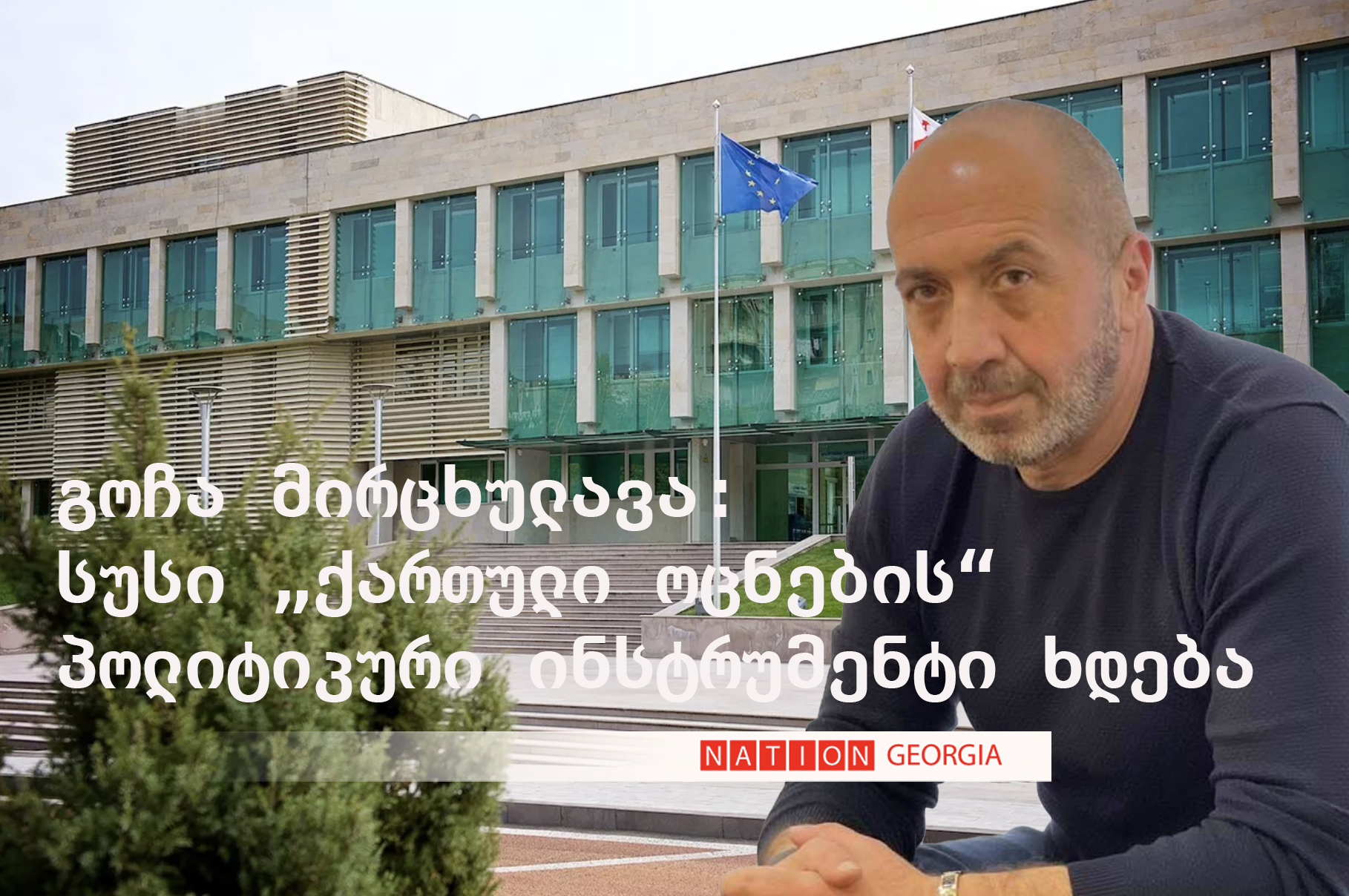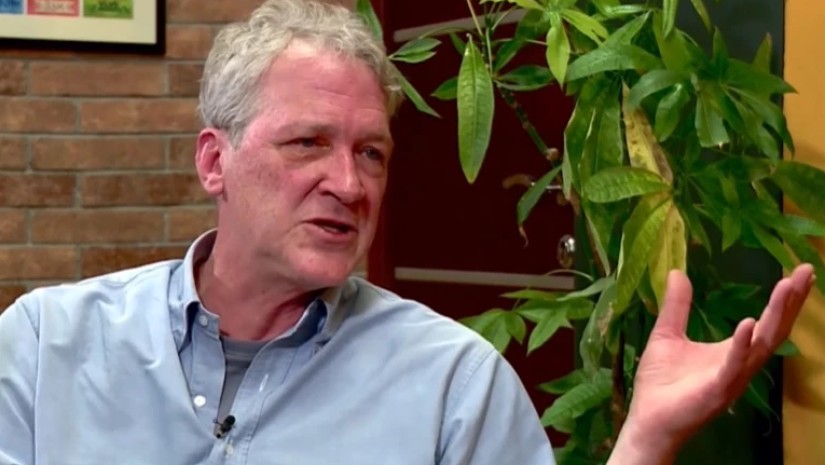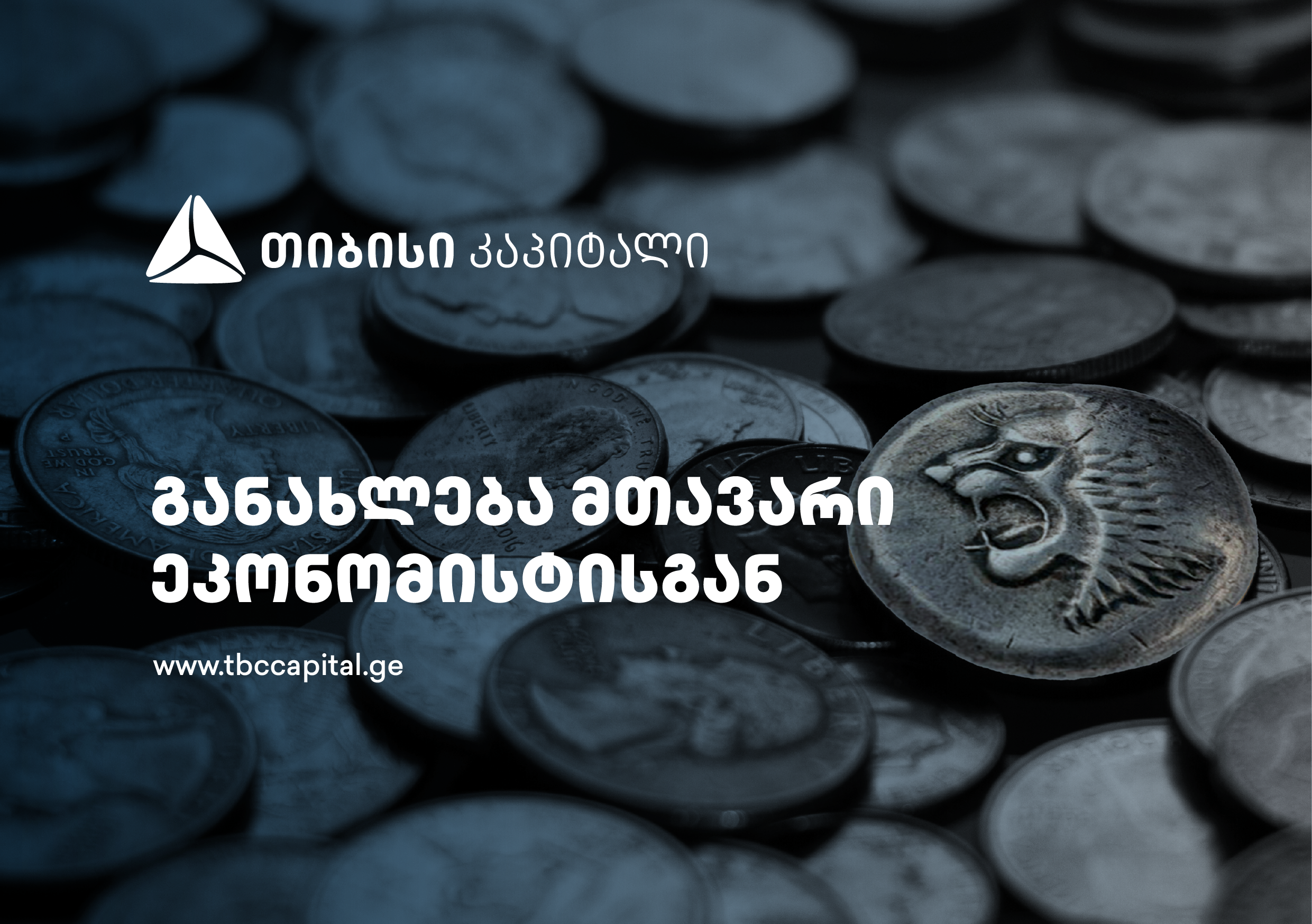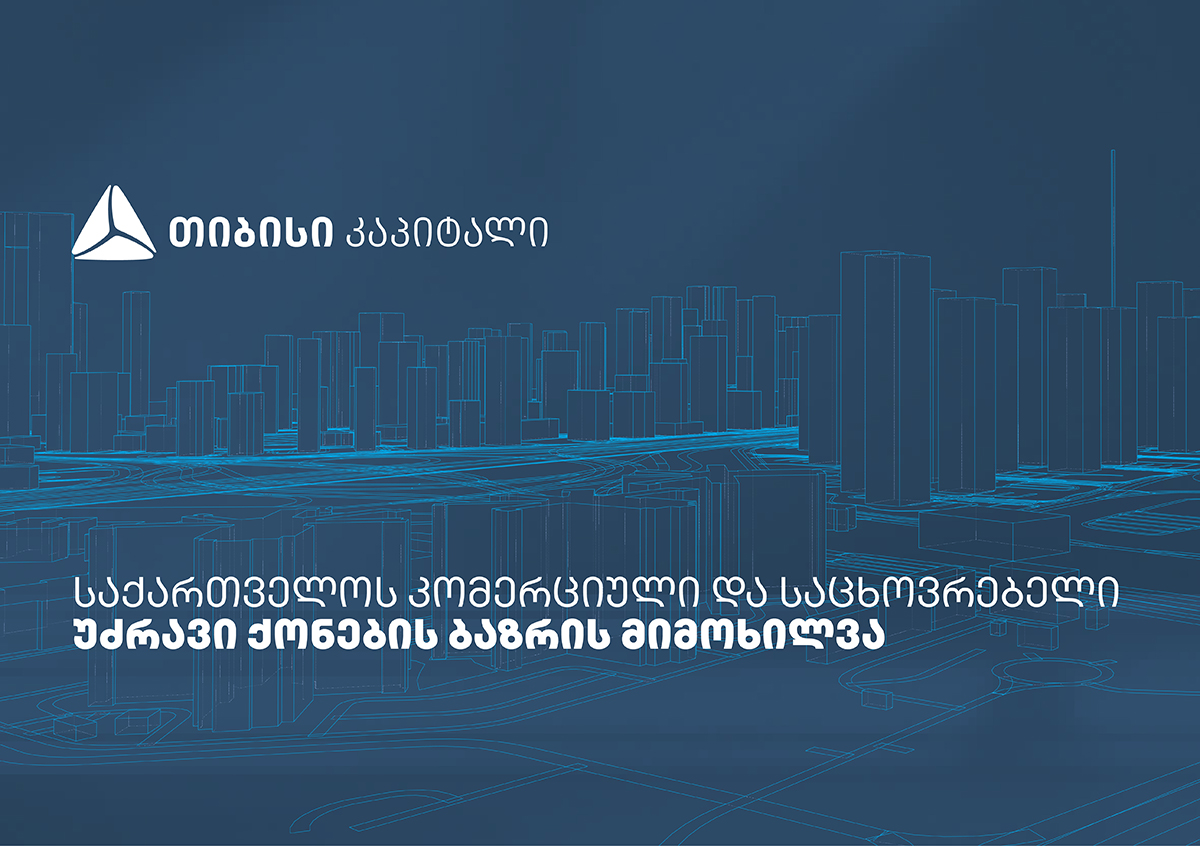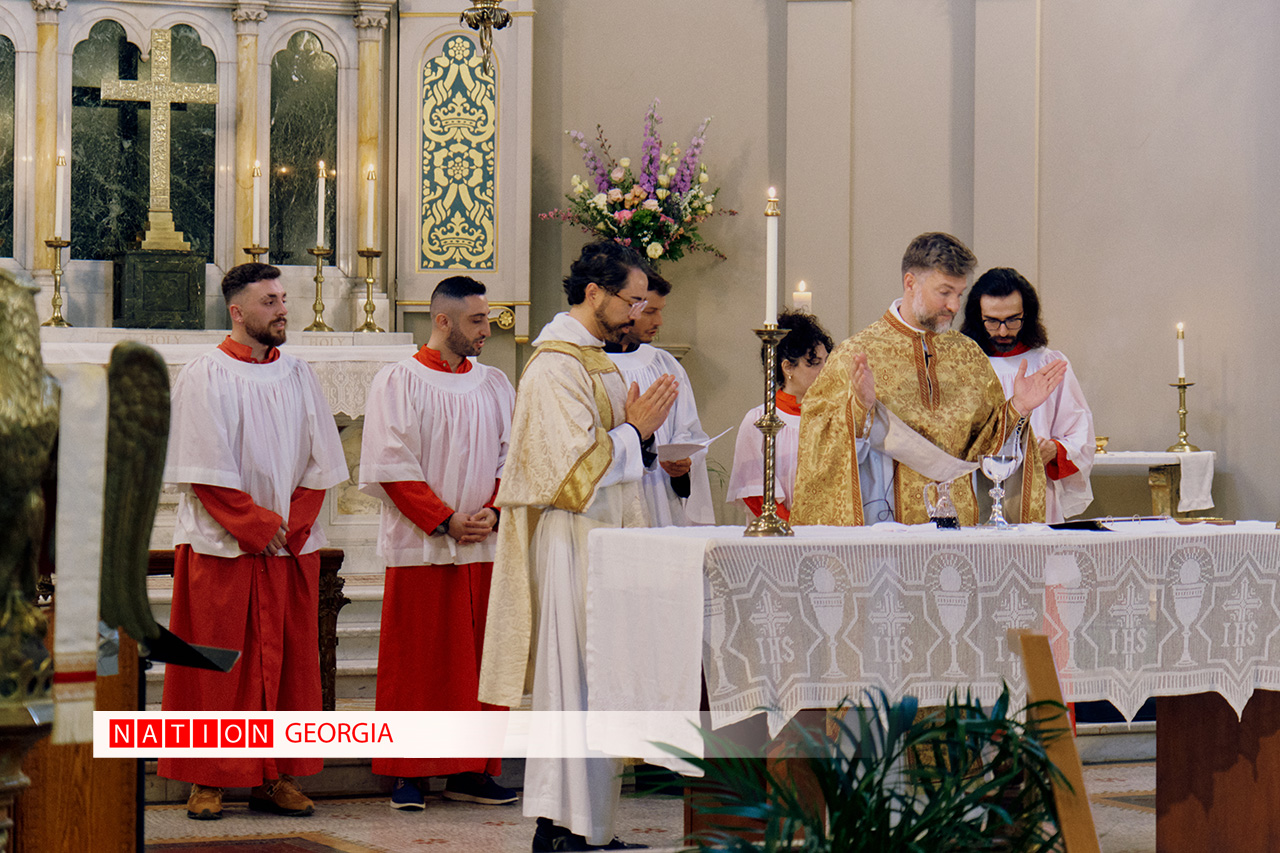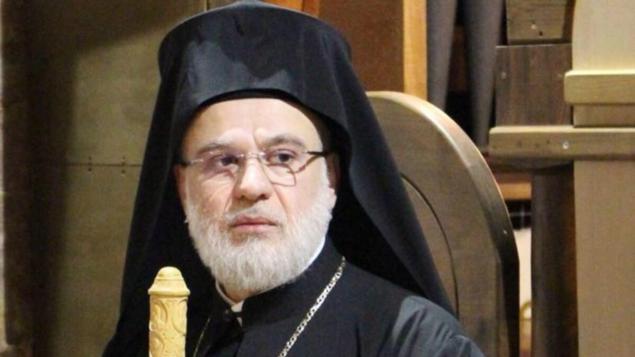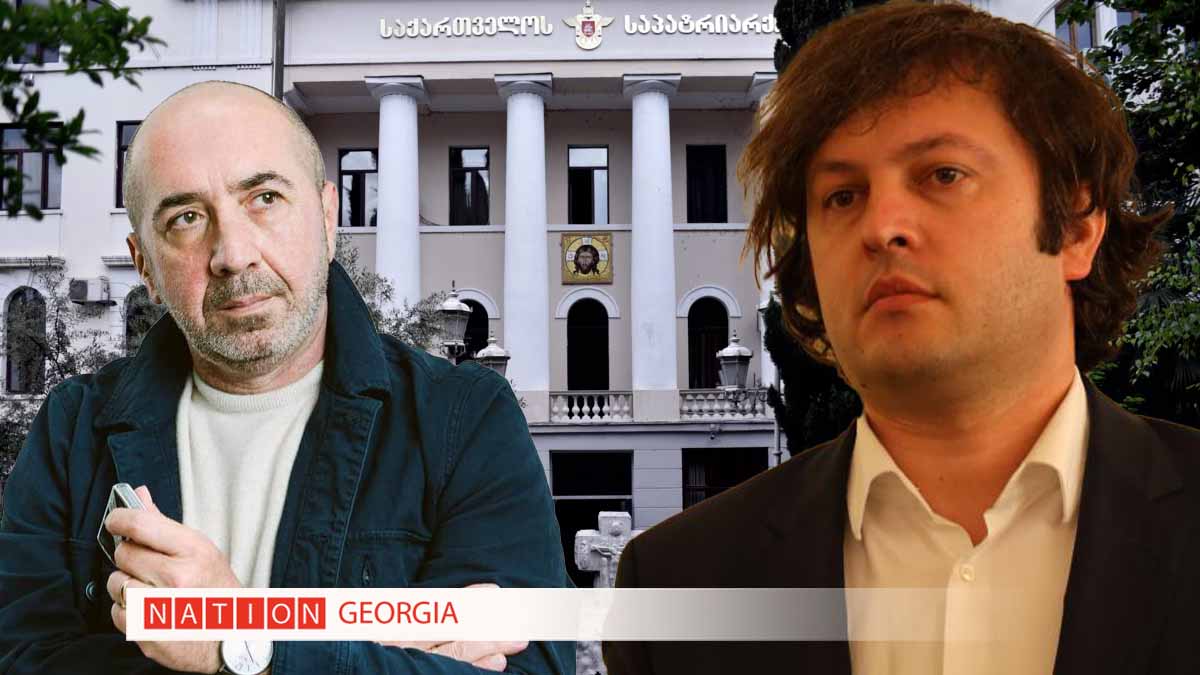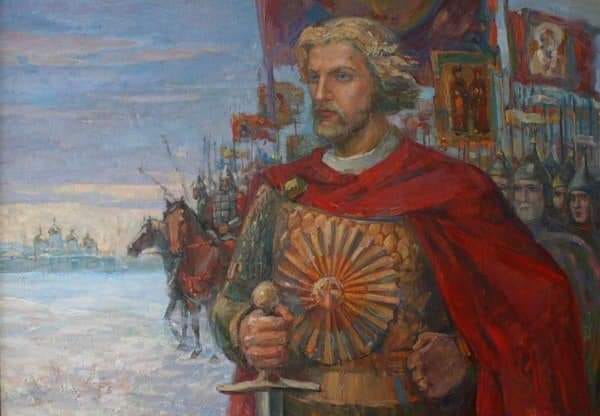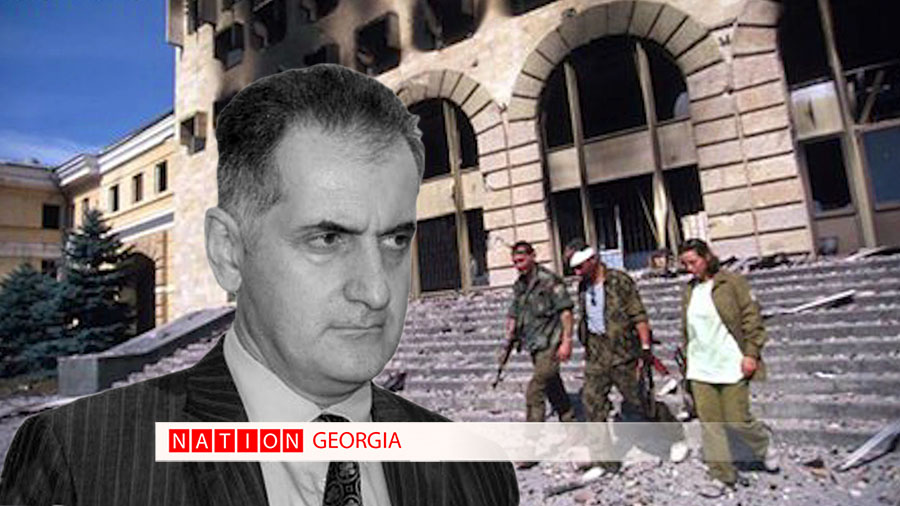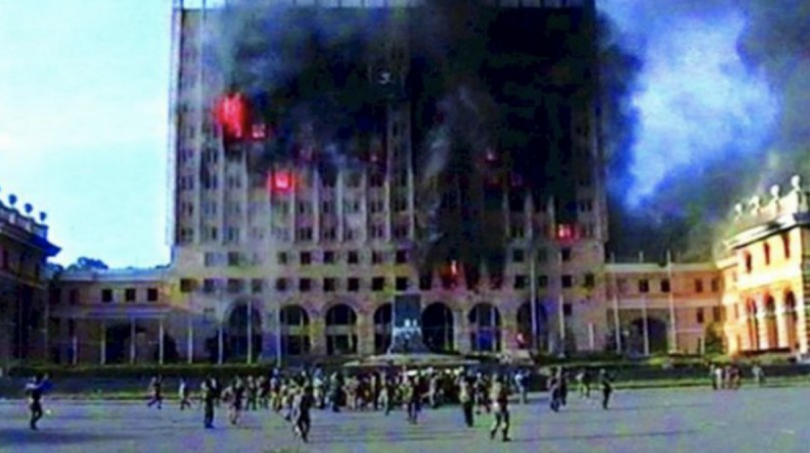
Kellogg says The Times misquoted his position on Ukraine
12.04.2025 ნახვები: 177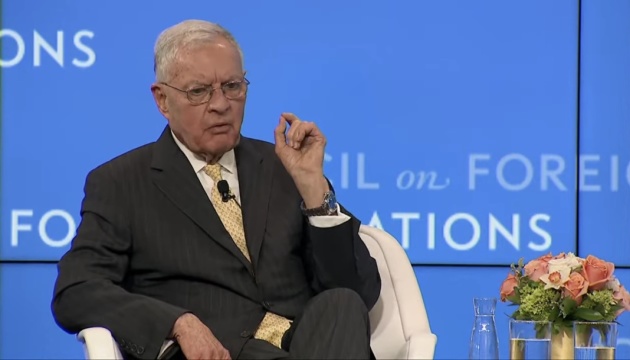
The U.S. official made the statement on Friday on his personal page on X, according to Ukrinform.
“The Times article misrepresents what I said. I was speaking of a post-cease fire resiliency force in support of Ukraine’s sovereignty. In discussions of partitioning, I was referencing areas or zones of responsibility for an allied force (without US troops). I was NOT referring to a partitioning of Ukraine,” the U.S. special envoy emphasized.
This was in response to an article The Times published on Friday. In a post on X, labeled Exclusive, the British paper wrote:
“President Trump’s envoy to Ukraine has said the country could be partitioned “almost like Berlin after World War Two” as part of a peace deal.”
The post linked to a detailed article recounting the conversation with Kellogg about the situation in Ukraine. In it, the U.S. special envoy refuted the idea that Anglo-French forces, potentially deployed west of the Dnipro River, would provoke Moscow. According to him, Ukraine is large enough to accommodate several armies to ensure a ceasefire regime.
"You could almost make it look like what happened with Berlin after World War Two, when you had a Russian zone, a French zone, and a British zone, a U.S. zone," Kellogg said.
At the same time, he stressed that the U.S. would not deploy any ground forces. Kellogg also suggested that an 18-mile (approximately 30 km) wide demilitarized zone could be established along the current front lines in the east.
Read also: US ready to use leverage to achieve progress in Ukraine peace talks – White HouseAs Ukrinform reported, the American news agency Reuters on Friday cited sources saying that U.S. envoy Steve Witkoff, who is holding talks with the Russians, had proposed to Trump that four Ukrainian regions be handed over to Russia. However, Keith Kellogg, during a meeting with Trump, opposed this idea, emphasizing that Ukraine would never agree to such a move unilaterally.

